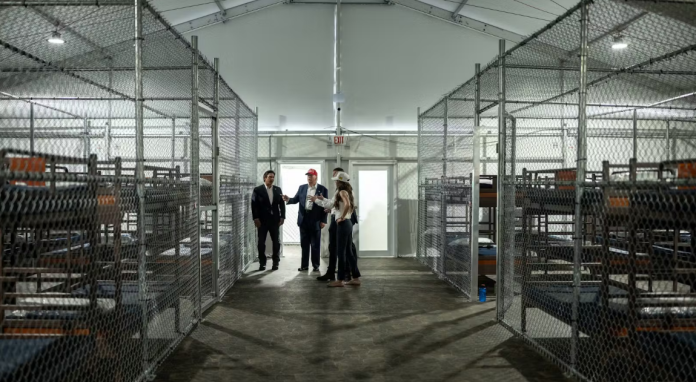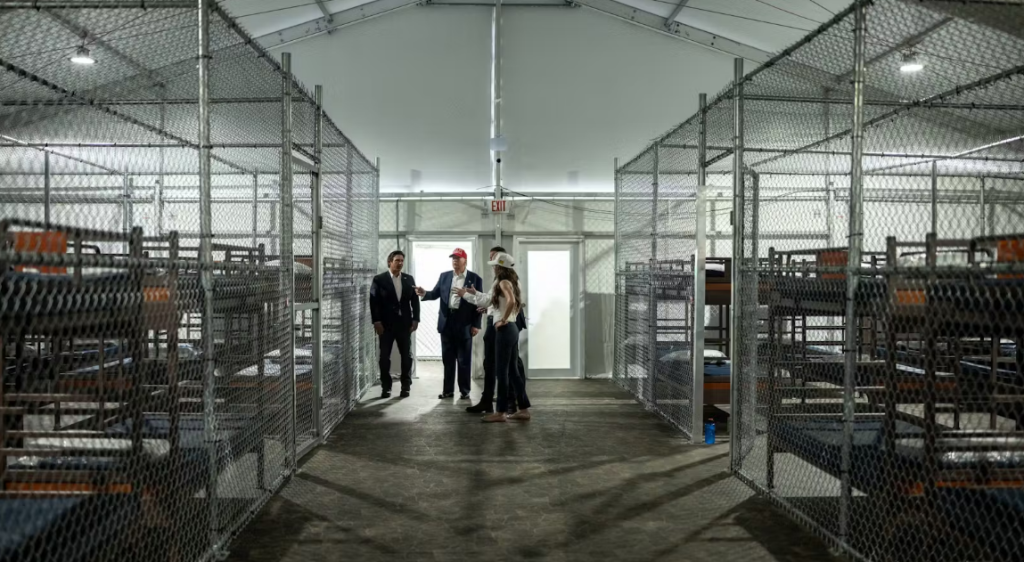
A federal court decision temporarily halting construction on the so-called “Alligator Alcatraz” detention center in the Florida Everglades has opened a subtle argument at the intersection of environmental science, engineering, and federal authority. The drama of this complex constructed in a rush on a lonely stretch and now the target of simultaneous lawsuits opens a rare window onto the challenges of balancing immigration enforcement, environmental stewardship, and judicial oversight in one of America’s most sensitive ecosystems.
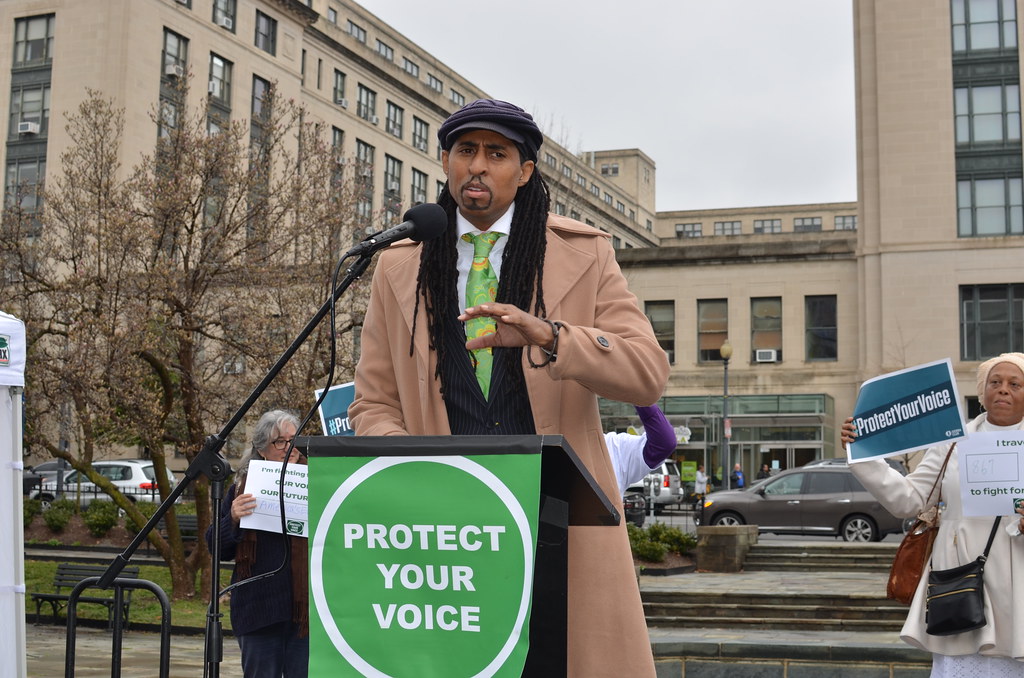
1. The Jurisdictional Tangle: NEPA, State Authority, and Federal Mandate
At the center of the court battle is a dispute over whether or not the National Environmental Policy Act (NEPA) applies to the construction of the detention facility. State attorneys have argued that because Florida supervised the construction and operation of the facility, NEPA review, which is mandatory for federal projects, cannot be applied. But as attorney Paul Schwiep responded, “the purpose of the facility is for immigration enforcement, which is a federal purpose only.” He said the facility would not exist if the federal government did not want a facility to hold detainees. Judge Kathleen Williams added that the project is “at a minimum a joint partnership between the state and federal government,” pointing out the blurred lines of control that hindered environmental monitoring.
NEPA’s requirements are stringent: federal agencies must assess environmental impact, seek ways to minimize harm, and provide time for the public to comment before carrying out major projects. As quoted by the Council on Environmental Quality, NEPA also insists on early interagency coordination, careful documentation, and public involvement in decision making. The plaintiffs argue that these steps were bypassed, perhaps leaving the door open for subsequent federal-state partnerships to evade environmental scrutiny through vagueness of jurisdiction.
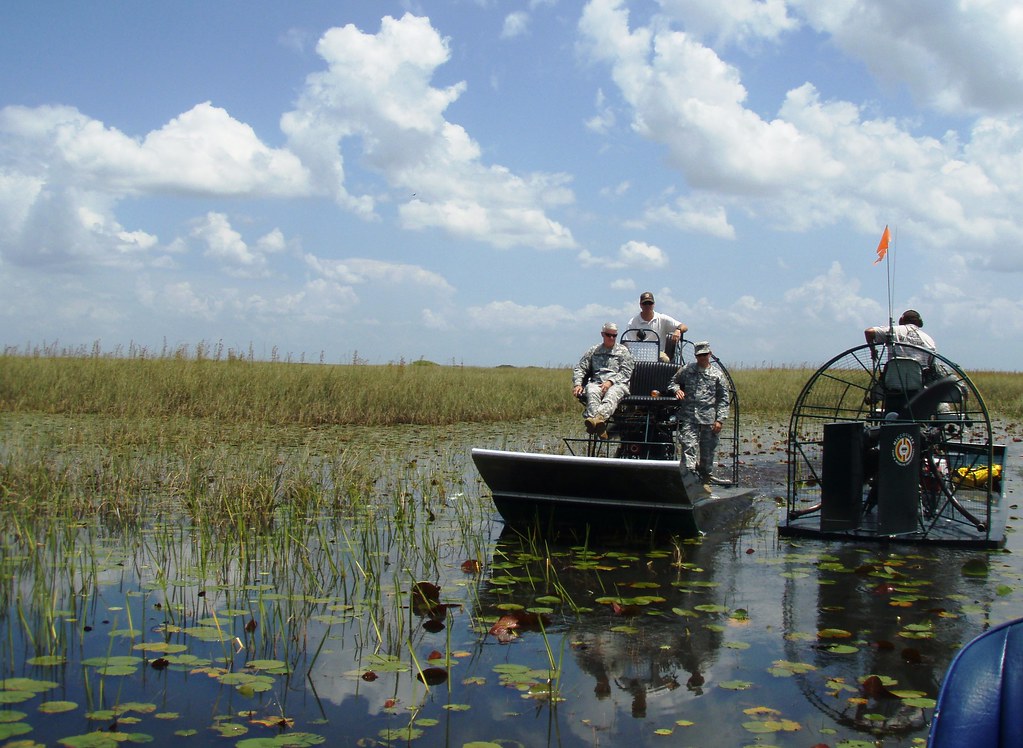
2. Everglades Engineering: Hazards of Impervious Surfaces
Rapid building of the detention center has already converted at least 20 acres of the Everglades to asphalt and temporary buildings. Soil physicist Christopher McVoy testified that aerial photographs reveal the extent of this change, with trailers, tents, and heavy equipment now occupying land that previously supported only a few small buildings. The environmental consequences are sweeping. As geologist Dillon Reio described, “the new paving could increase water runoff to the adjacent wetlands and spread toxic chemicals throughout the Everglades.”

Science settles it: hard surfaces such as asphalt disrupt the natural hydrologic cycle, amplifying runoff by as much as 10–20 times compared to grassland and carrying pollution hydrocarbons, heavy metals, and heat into vulnerable wetland systems. Science has shown that an increment in imperviousness will create flash flooding, loss of groundwater recharge, and elimination of sensitive pollution species. The Everglades, known as the “kidneys of the Earth,” utilize slow-moving filtered water to keep their unique biodiversity. As Bruce Ferguson, director of the University of Georgia’s School of Environmental Design, explained, “not only do you have too much water, all moving too fast, you have polluted water that kills fish and makes water unfit for drinking or recreation.”
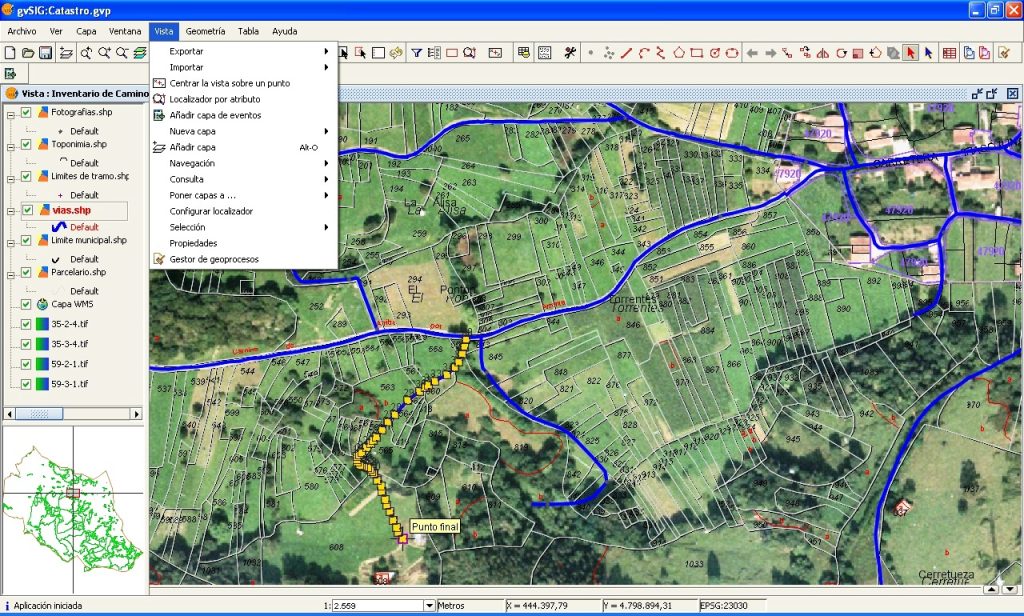
3. Wetland Change Detection Tools: GIS, Remote Sensing, and Digital Twins
Control of the impact of construction in the Everglades requires advanced tools. Remote sensing and Geographic Information Systems (GIS) are used today as necessary tools for observing wetland change, mapping surface water dynamics, and quantifying habitat loss. The Everglades Depth Estimation Network (EDEN), for example, integrates in situ hydrology with satellite imagery to simulate the extent, depth, and hydroperiod of surface water. Such models are critical in restoration science and for gauging the effect of new infrastructure on water flow and ecosystem health.

Emerging advancements in digital twin technology computer replicas of physical systems offer the potential for real-time or near-real-time observation and scenario evaluation. Digital twins have the ability to simulate the effects of construction, pollution, and climate change on wetland systems based on remote sensor, IoT sensor, and historical records data. Such a capability is particularly valuable in the Everglades, where subtle fluctuations in topography and water flow have proportionally large ecological impacts and where field access is often limited.

4. Engineering Design in Wetland Ecosystems: Experience and Challenges
Temporary infrastructure development within wetlands demands unique engineering methods of minimizing environmental impact. Best practice is the employment of permeable pavements, elevated walkways, and modular structures that can be swiftly removed without a permanent impact on the landscape. Yet, as the history of Alligator Alcatraz shows, rapid mobilization typically involves forgoing such measures. The introduction of impervious surfaces not only affects water flow but also introduces detrimental leachates from asphalt and pressure-treated wood, further compromising water quality and wildlife with long-term effects.

5. The NEPA Environmental Impact Assessment Process: Models and Methods
A robust NEPA analysis is typically a multi-phase process: scoping, field surveys, impact analysis, and public comment. Environmental impact statements (EIS) must consider direct, indirect, and cumulative effects on resources such as wetlands, threatened and endangered species, and water quality. Modeling methods hydrological models to GIS-based habitat analysis are applied to predict outcomes and establish mitigation strategies. As defined by the Federal Highway Administration, coordination between the agency and stakeholders early on is required to avert any conflicts that may arise and to have all environmental issues addressed before any construction takes place.
With regard to the Everglades detention center, plaintiffs contend that none of these steps were properly executed, and this is raising issues regarding the precedent that this will set for future projects involving sensitive ecosystems.

6. Environmental and Civil Rights Lawsuits: Parallel Legal Fronts
The environmental injunction, though, is only one of the legal challenges facing Alligator Alcatraz. A second grievance, brought by civil liberties organizations, alleges abuse of detainees’ constitutional rights namely, citing restricted access to lawyers, warrantless arbitrary detention, and cancellation of bond hearings. The state responds that “more meetings are taking place daily and there have been no complaints,” but the larger question of due process is not resolved.
These concurrent legal battles evidence the intersection of environmental and human rights law, with the Everglades serving both as disputed ground and symbol for greater national concerns.

7. Cultural and Indigenous Rights Impacts
The construction of the detention center is, for the Miccosukee Tribe, not merely an environmental issue but a matter of cultural sovereignty. As Miccosukee Tribe of Indians of Florida Chairman Talbert Cypress said, “the detention center threatens land that is not only environmentally critical but holy to our people.” The tribe’s involvement highlights the importance of including indigenous perspectives in environmental decision-making, particularly where there is a wealth of historical and religious significance.
The ongoing legal process, which will continue later in the coming weeks, will test environmental protection, federal authority, and the power of science and engineering to be guides for policy within one of America’s most valuable landscapes.
